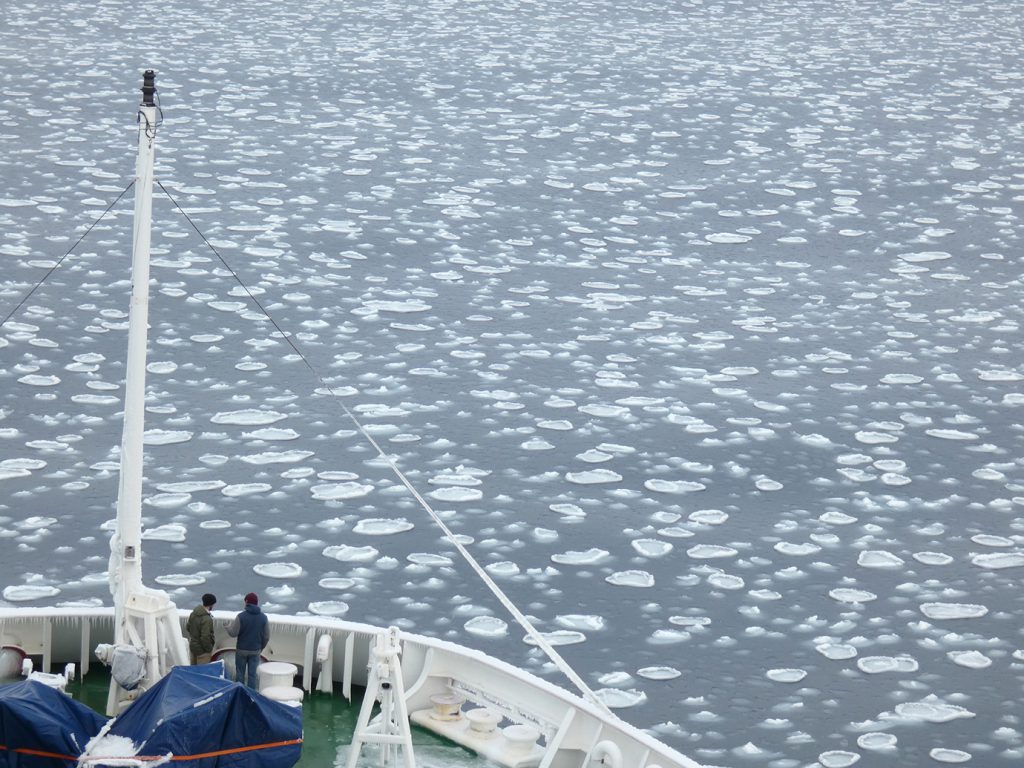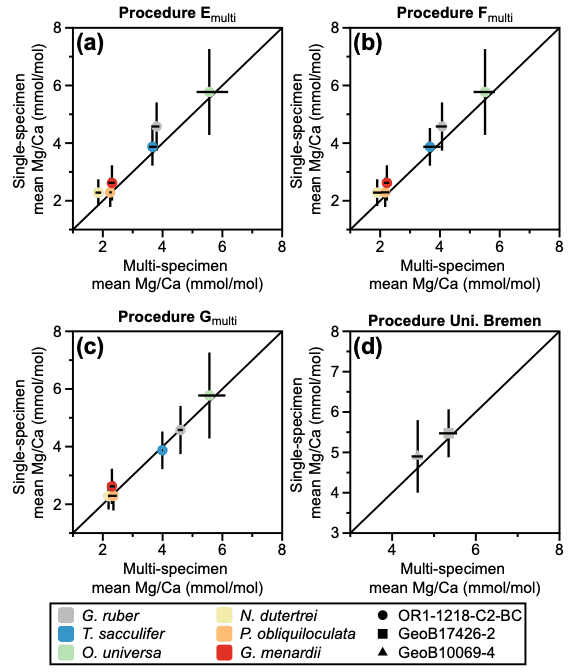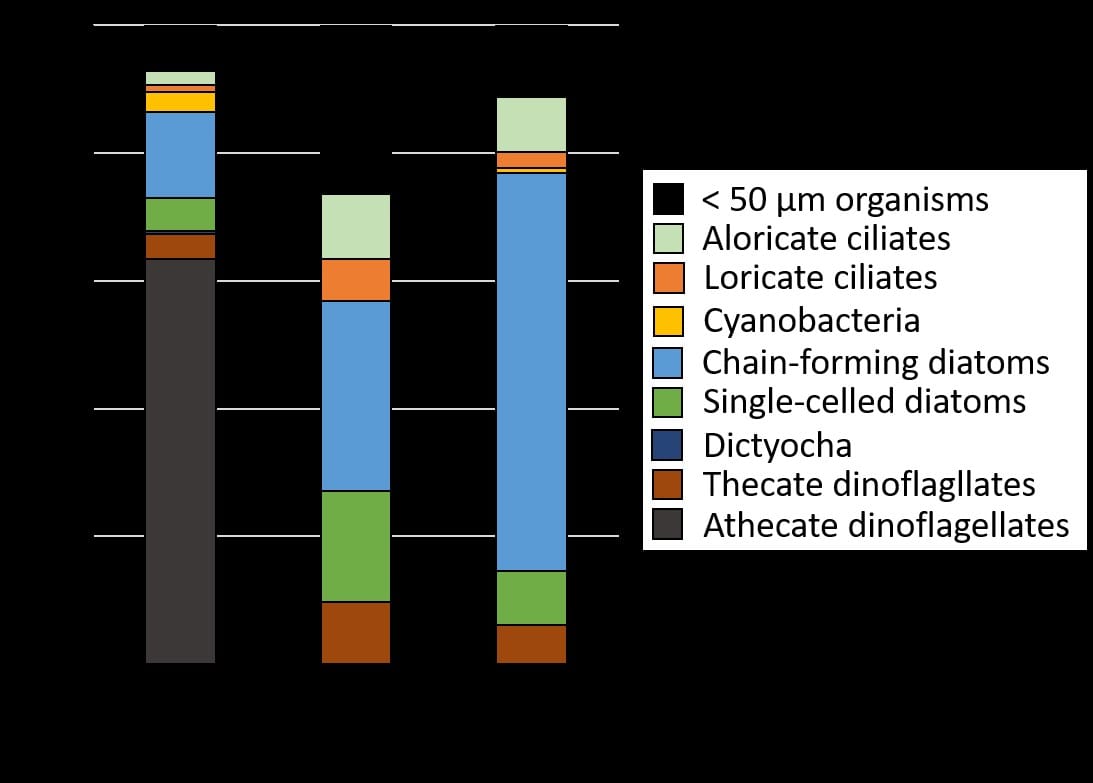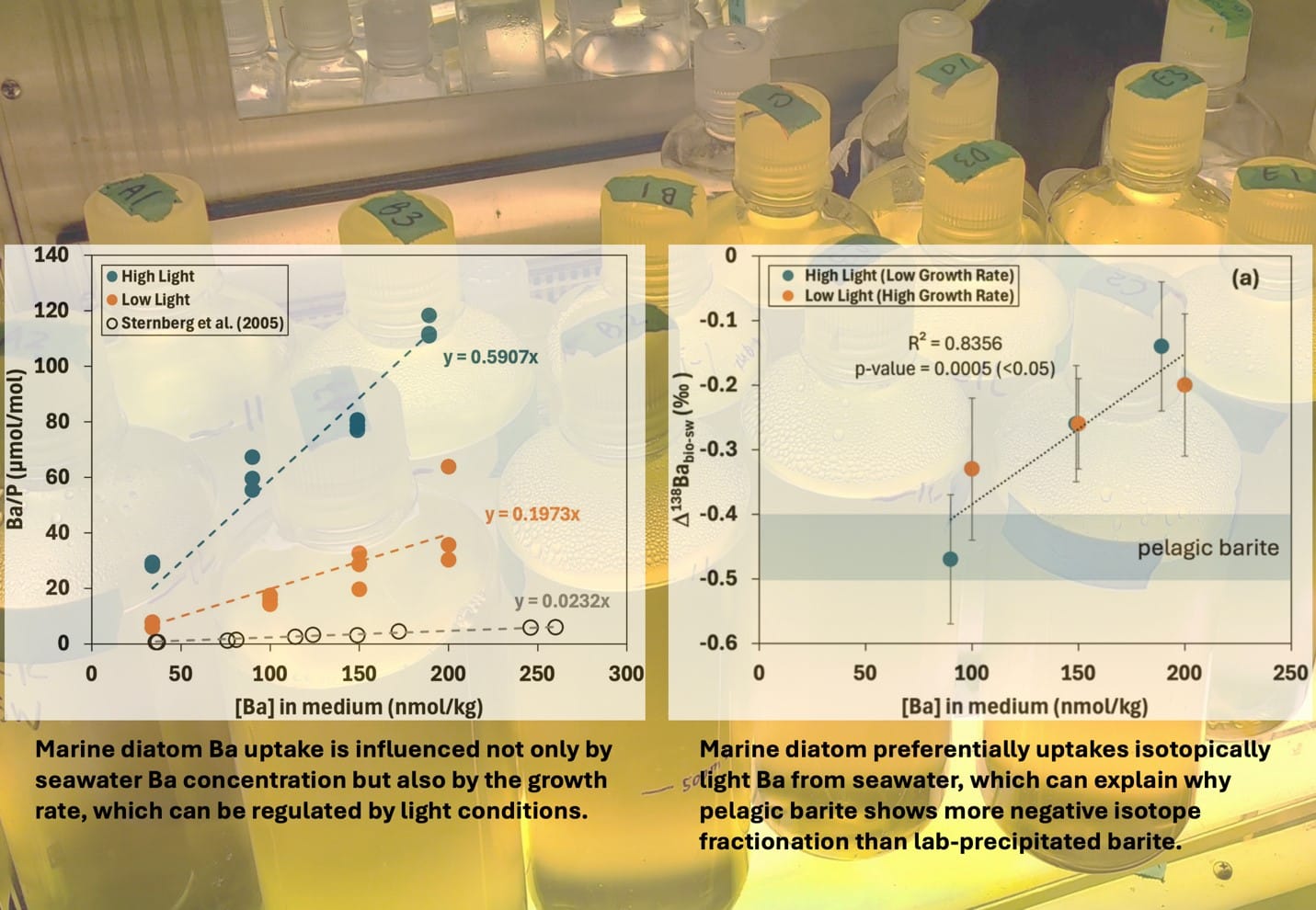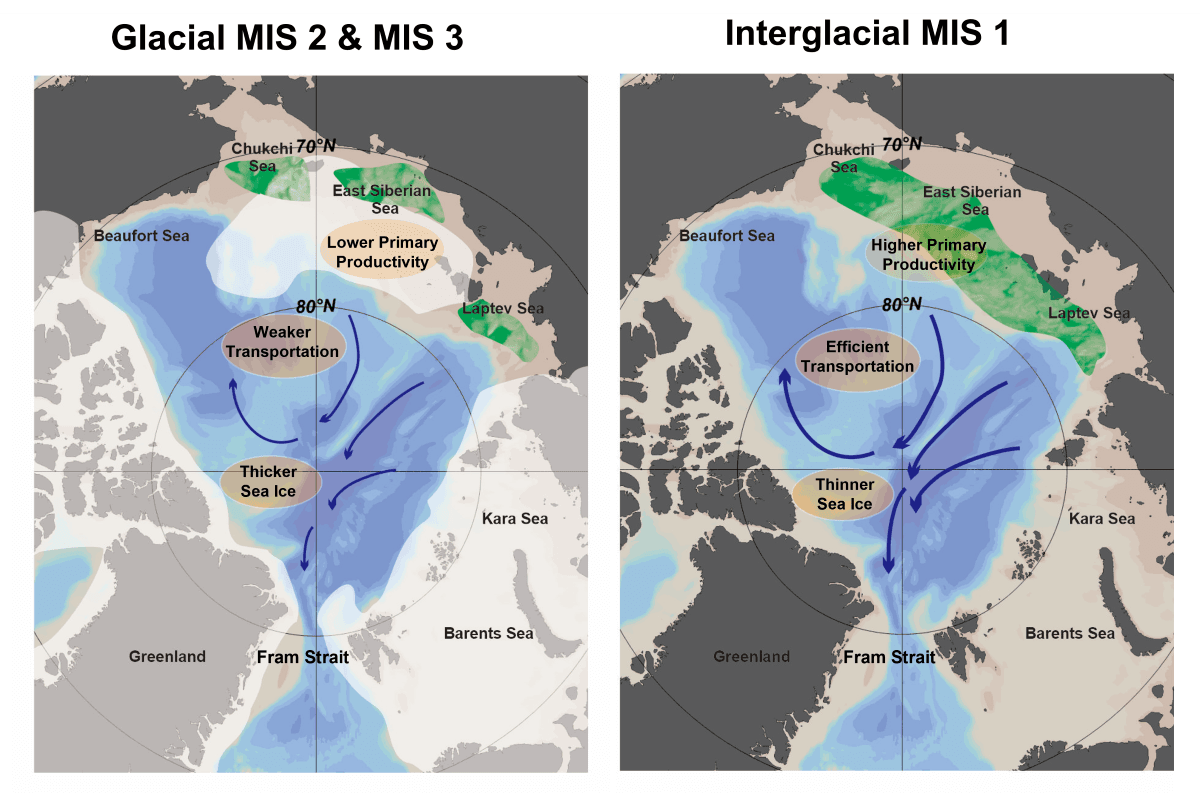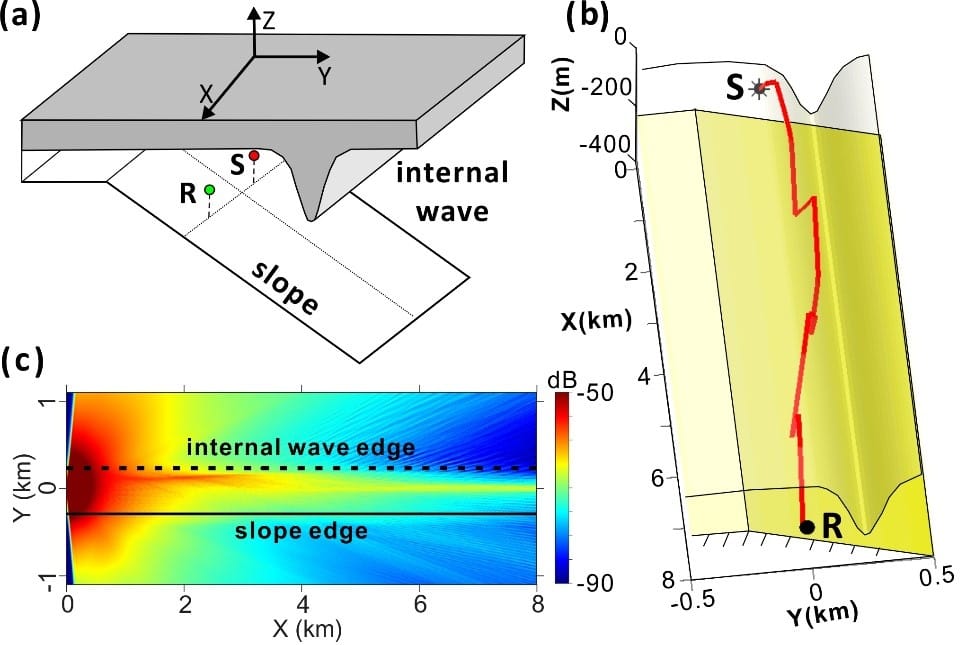To disentangle anthropogenic from natural climate variability, it is essential to reconstruct past oceanic and atmospheric temperatures for comparison with the modern world. This is especially critical for polar oceans, where warming waters are resulting in ice sheet mass loss and global sea level rise. Marine sediments are an excellent climate archive, and the geochemical signature of fossils embedded in marine sediments offer clues of past oceanic temperature. For decades, calcite microfossils have been used to reconstruct oceanic temperature. However, as calcite microfossils are not always continuously preserved in high-latitude sediments, paleoceanographers turn to organic molecular fossils, such as the remains of algae and archaea. One such “paleothermometer” is based on the organic compounds found in the membrane of marine archaea, known as isoprenoid glycerol dialkyl tetraethers (isoGDGTs). The relative distribution of isoGDGTs is the basis of a paleothermometer termed TEX86. Thanks to TEX86, researchers are able to understand how oceanic temperature in polar oceans vary in the past tens of millions of years, as the atmospheric carbon dioxide decreases. It also allows us to investigate the relationship between oceanic temperature vs. both sea ice and continental ice mass. However, as with all paleothermometers, researchers have discovered a few caveats that affect TEX86. Especially relevant for polar oceans is the possibility that the paleothermometer is not sensitive to the temperature change at low temperature end. Some early successes suggest that adding a recently discovered, structurally different hydroxylated isoGDGTs in the temperature estimation may be the way forward. We recommend that these recently discovered compounds be analyzed simultaneously during standard isoGDGTs analysis, as this multi-proxy approach will increase the robustness of past oceanic temperature reconstructions.
Fietz, S., S.L. Ho, and C. Huguet. Archaeal membrane lipid-based paleothermometry for applications in polar oceans. Oceanography 33(2), https://doi.org/10.5670/oceanog.2020.207.

